Description
This two-disc set features Santana’s masterpiece from 1971, outtakes from the album, and rehearsals. Although there are a few cuts, it is a great soundboard recording. Recording began mainly at night at the newly opened Columbia Studios on Folsom Street in San Francisco. Santana took over Studio B, where the recordings took shape from long jam sessions and songs written in a more structured way. Chepito Elias, who participated in the sessions, miraculously recovered and rejoined with his incredible musicianship intact. As the band rose to superstardom, so did the excess that came with the music scene of the tumultuous era. That Santana 3 is so coherent and musically cohesive speaks to the group’s unique musical chemistry. “Batuka” is a funky opening cut that generously showcases the wild side of Neal Schon’s guitar work. Behind the flicking ensemble of Carlos, Greg and David, a percolating rhythm section creates cowbell-driven patterns that guide Shawn’s wild guitar work. Gregg Rolie recalls, “We did “Batuka” with Zubin Mehta and the Los Angeles Philharmonic on the Bell Telephone TV Hour. They sent me a tape recording of Leonard Bernstein to learn.” Koch and Carabello brought their parts to the band for a song called “No One To Depend On,” which sounded like some elements of Willie Bobo’s “Spanish Grease.” They collaborated at Rolie’s Mill Valley home. Rolie wrote the thunderous middle section, packed with rolling funk rock riffs, and it quickly became a crowd favorite. It became the second single and shows their own take on Santana’s cha-cha-cha. “Taboo” was a song that Gregg Rolie played often in rehearsals, and the band eventually developed this sensual song into an atmospheric, ambient recording. Carlos’ guitar and Rolie’s vocals, as well as the outro, are played with grace and intertwined, building to a searing climax thanks to Neal Schon’s sharp fretwork. Here, we see Santana treating the studio as an aural instrument. “No One To Depend On” ends with a delayed, backward echo, while “Taboo” climaxes with a powerful, loud sound. The sound is strengthened and more open, with integrated use of studio effects. Eddie Kramer, who worked closely with Jimi Hendrix as a producer, engineered some of the songs, but the credits go to Glenn Korotkin and Santana’s musicians. “Toussant L’Overture” (named after the Haitian revolutionary by the radical pianist Alberto Gianquinto) is the high point of Santana’s recording history. The sound has been perfected through jam sessions since the first album. The smoky, fiery intro features Carlos’ ecstatic solo, followed by hot percussion breaks from Carabello and Chepito. The finale ends abruptly with a wailing break from Rory, Shawn and Santana. A deafening silence lingers, and only the greatness of the music resonates. “Everybody’s Everything” is the first single, and has a soul-based feel, making it a must-have for soul-funk lovers. It also features a horn section from East Bay’s Tower of Power. Shawn’s crazy wah-wah pedal solo complements Chepito’s bubbling drums. “Guajira” is another Santana classic, and Shreve loved Carlos’ beautiful, sharp guitar playing here. Starting with Chepito’s bass intro, Carlos’ playing is exquisite as it changes from 4/4 to 6/8. Neighbor Rico Reyes provides a haunting, soulful Spanish vocal, co-written in Hawaii with David Brown and Chepito. On “Guajira,” Gregg Rolie introduces a salsa-inspired piano solo provided by another accomplished Latin musician, Mario Ochoa. “Jungle Strut” is based on a Gene Ammons sax soul jazz instrumental that still sounds great today, featuring the hip funk drummer of the time, Bernard Purdie. Shreve explores the limits of funk with David Garibaldi (Tower of Power drummer Prince has sampled his drums), which Santana uses as another vehicle for multi-soloing over a seething percussion section. Another snapshot of the experimental Santana band, “Gumbo” is a crowd-pleasing number with a dual guitar-funk interlude that finds Carabello and David Brown dancing on stage with tambourines. Mike Carabello attests that “Gumbo” was influenced by both Sly Stone and Dr. John’s Gris Gris. The penultimate track that closes the record is Carlos’ delicate “Everything Is Coming Our Way,” which contrasts with and yet complements everything that has come before. At Carlos’ direction, Gregg Rolie includes a swirling Hammond organ solo that helps to resolve Carlos’s own aching vocals. Coke Escobeto introduces a verse from Tito Puente’s “Para Los Rumberos,” and Luis Gasca provides some fiery trumpet flourishes during the intense performance, closing the album on a high note. “Folsom Street” is named after the location of the newly built Columbia Studios, but was never actually performed live. It’s a rare track with a laid-back rhythm and solid band playing. Santana soon ran into trouble, and constant touring, poor management, and subsequent disagreements over musical direction would destroy one of the great musical groups. CD 1 Sessions at Wally Heider Studios, San Francisco, Nov 1970 JUNGLE STRUT (ALTERNATE TAKE) 5:07 EVERYBODYS EVERYTHING (INST.JAM) 4:17 BALLIN (OUTTAKE) 6:12 FOLSOM STREET (OUTTAKE) 8:30 FRIEDNECKBONES & HOME FRIES (OUTTAKE) 5:16 GUAJIRA (DEMO) 5:26 TUNE IN (REHEARSAL) 3:16 BLUES JAM 5:58 EVERYTHING IS COMING OUR WAY (INST.) 3:26 BATUKA (JAM WITH BLUES) 6:42 REHEARSAL JAM 1 22:35 CD 2 Sessions at Columbia Studios, San Francisco Jan 24 1971 REHEARSAL JAM 2 6:29 JUNGLE STRUT (EXPANDED) 6:12 BALLIN (EXPANDED) 8:38 FOLSOM STREET (EXPANDED) 6:26 GUMBO (ALTERNATE TAKE) 4.29 JUNGLE STRUT (ALTERNATE TAKE 2) 5.29 TOUSSANT L’OVERTURE (ALTERNATE TAKE) 4.39
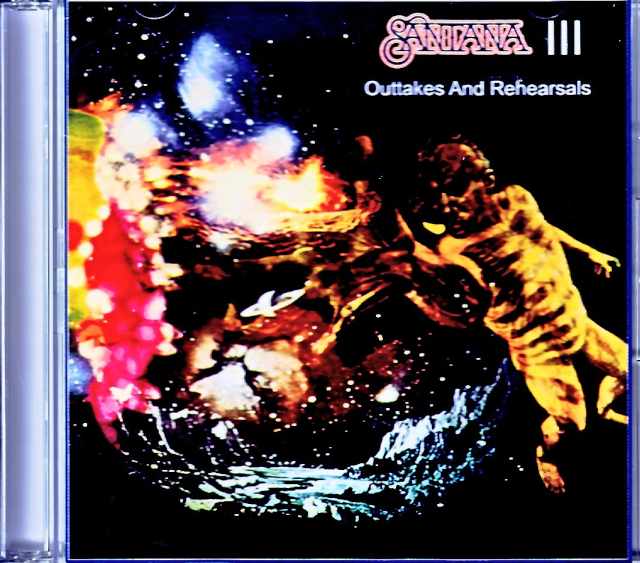
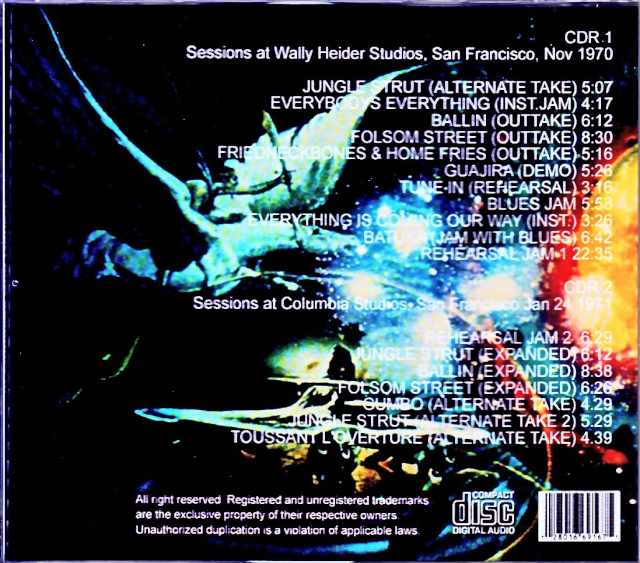

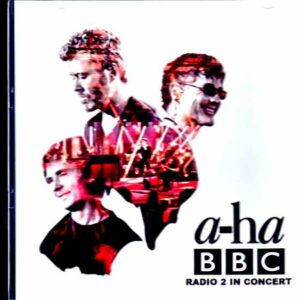

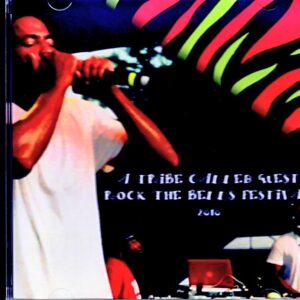
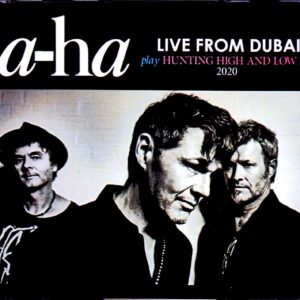
Reviews
There are no reviews yet.